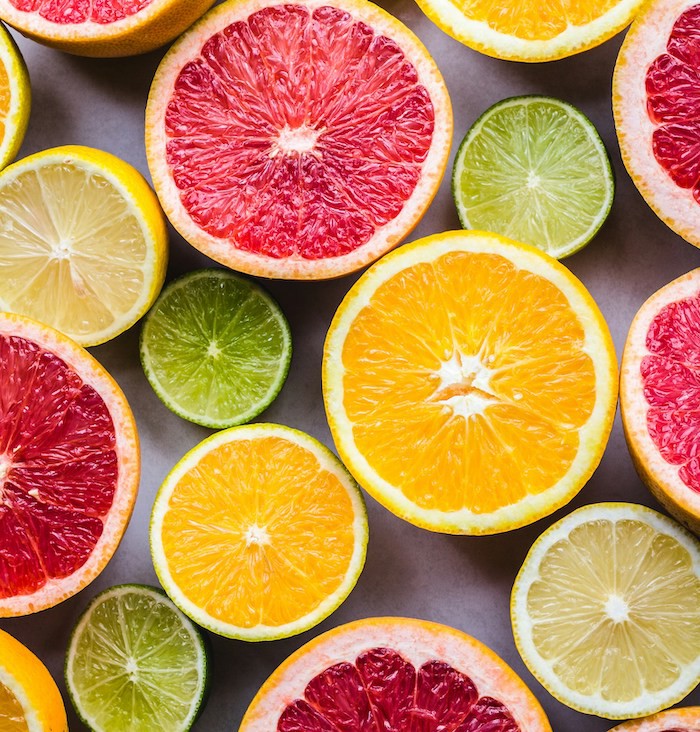
Dark Bar’s Patrick Fogarty kicks off his series on batching with tips on how best to process that most key cocktail ingredient: citrus
There’s a belief that batching reduces quality. It doesn’t. If it’s done properly, batching protects quality. It allows you to control the many variables that can throw a drink off balance, no matter who’s behind the bar or how busy the shift is.
Let’s start with the one ingredient that seems simple but changes everything: citrus.
Every bar has specs and recipes, but when a drink is made to order, there are many factors that change its flavour profile. Citrus is one of the biggest. It looks consistent on the outside, but it isn’t.
Freshness
This is the first thing to think about. As fruit ages, the skin dries and loses oils. Much of citrus flavour comes from these oils, not the flesh. The juice provides acidity and sweetness, but the bright flavour comes from the oils released when the fruit is pressed.
When the skin dries, yield drops and bitterness increases. Peel thickness also affects both yield and flavour. Out-of-season fruit might look great but taste flat. Fruit with heavy pith will bring unwanted bitterness. At Dark Bar, we use fresh, unwaxed, washed citrus. It gives us clean, bright flavour and avoids contamination from coatings or wax.
Variety
Not all lemons or limes are the same. Different varieties bring different levels of acidity, sweetness and aroma. These change again depending on soil, climate and rainfall. Even fruit from the same supplier can vary from week to week. Knowing the exact variety and how it behaves helps you keep drinks consistent. Ignoring it leaves you guessing.
Acidity and Sweetness
The balance of acid and sugar changes constantly with citrus. Experienced bartenders adjust for this by taste. That’s an important skill, but it’s not always possible to rely on it across a whole team or multiple venues.
Batching allows you to measure and adjust this balance. At Dark Bar, we use pH meters and refractometers to check acidity and sweetness. We then fine-tune with fruit-based acids like citric, malic and tartaric. This creates a balanced, repeatable ingredient that stays true to spec.
Flavour
Citrus flavour isn’t just about acid or sweetness. It’s about aroma. Many commercial syrups and liqueurs use “natural” flavourings that are technically natural, but not necessarily from the fruit itself.
When you make your own liqueurs, syrups, shrubs and sherbets, you know exactly what’s in your drink. You can build real flavour from the fruit, not from compounds.
Look for ingredients made from: Fresh fruit essential oils, hydrosols (distillates of those oils), fresh fruit infusions or macerations and alcohol washings (spirits that capture the volatile oils). They’re more expensive but deliver authentic, full flavour.
Wax coatings and purity
Most citrus fruit is coated in wax. Some are from natural sources, others are petrochemical. Common coatings include beeswax (E901), shellac (E904), paraffin-based waxes (E905s) and polyethylene (E914). There are also plant-based options like carnauba (E903).
Many bars don’t wash their fruit, and few realise that some of these coatings aren’t vegan or food-safe for zesting. At Dark Bar, we use unwaxed fruit and always wash it before use. It’s a small step that keeps drinks clean and consistent.
Carbon footprint
Citrus comes with a cost. It’s often imported by air, and a lot of fruit gets wasted. Think about how far your ingredients travel and how much of them you throw away. Buying in season and processing fruit while it’s fresh helps you reduce waste and environmental impact.
Case study: Breakfast in Tokyo
Our Breakfast in Tokyo cocktail shows how we manage citrus through batching. We use Italian Tarocco and Sanguinello blood oranges, both in season from January to February. During that short window we bring in around a metric tonne of fruit.
We wash and peel the oranges. The zest is frozen and used through the year. The pith is discarded. The flesh is juiced, clarified (clarification helps extend shelf life and stabilize flavour,) and adjusted with natural acids to balance sweetness and acidity. The zest is macerated with sugar to make an oleo saccharum (a syrup rich in citrus oils). The clarified juice is added to this to make a blood orange sherbet. Finally, we infuse a high-strength London Dry gin with zest to create a blood orange gin that mirrors the sherbet’s flavour.
Each step is measured and recorded, so the flavour is the same every time we make it. That’s how batching protects consistency without losing freshness or character. Citrus is just one variable, but it’s one that defines the balance and brightness of most cocktails. By understanding it and controlling it through batching, you take the guesswork out of the process. You move from chance to intention.


